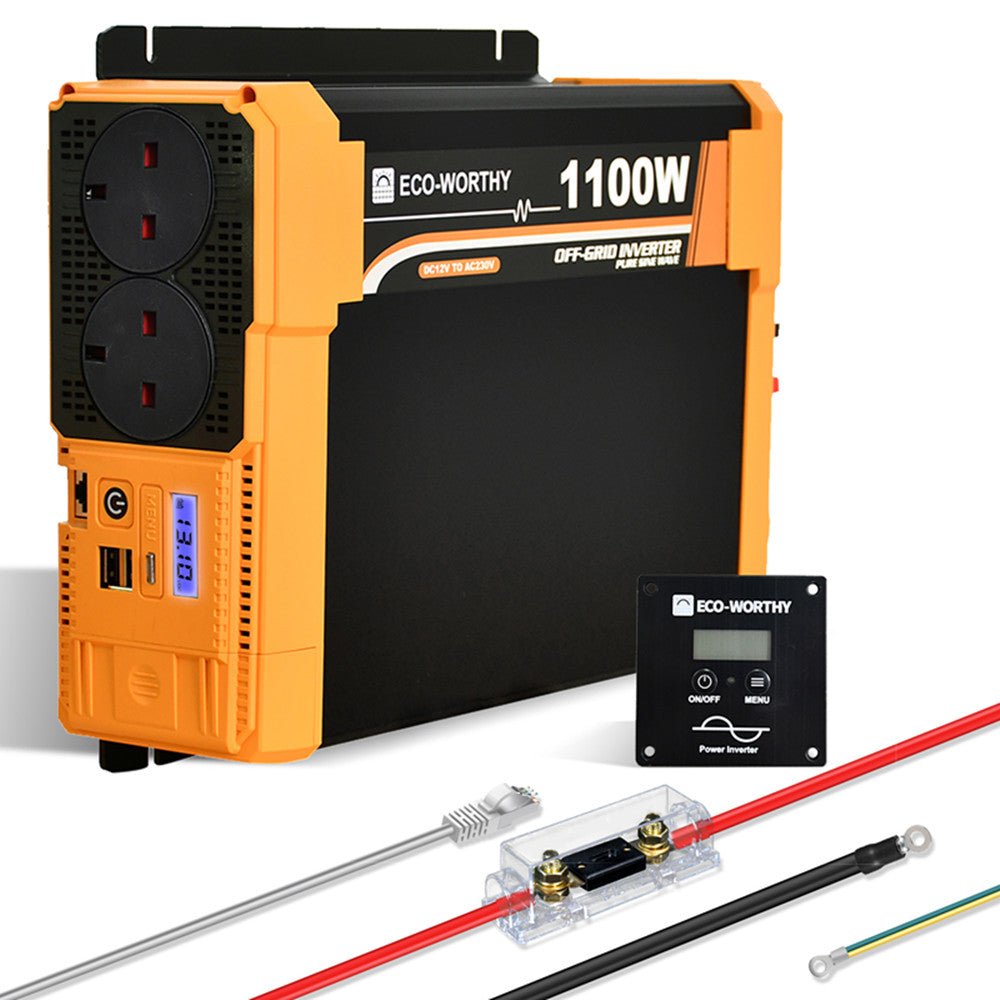When it comes to harnessing solar energy, solar inverters play a crucial role in converting the direct current (DC) generated by solar panels into alternating current (AC) that can be used to power homes, businesses, and the grid. In this article, we will delve into the inner workings of solar inverters and explore their significance in today's solar industry.

The Function of Solar Inverters
Solar inverters are the heart of a solar power system, responsible for converting the DC electricity produced by solar panels into AC electricity that can be used to power electrical devices. This conversion process is essential because most electrical appliances and the grid operate on AC power. Additionally, solar inverters also perform the crucial task of optimizing the power output from the solar panels to ensure maximum efficiency.
Types of Solar Inverters
There are several types of solar inverters available in the market today, each with its unique features and applications. These include string inverters, microinverters, and power optimizers. String inverters are commonly used in residential and commercial solar installations, where multiple solar panels are connected in series to form a string. Microinverters, on the other hand, are installed on each individual solar panel, allowing for independent power optimization and enhanced performance. Power optimizers work in a similar way to microinverters, but they are designed to work in conjunction with a central string inverter, offering a balance between performance and cost-effectiveness.
Key Components and Operation
At the core of a solar inverter are semiconductor devices such as insulated gate bipolar transistors (IGBTs) and metal-oxide-semiconductor field-effect transistors (MOSFETs) that facilitate the conversion of DC to AC. These components are controlled by sophisticated control algorithms that ensure the inverter operates at its peak efficiency under varying solar conditions. Additionally, modern solar inverters are equipped with advanced features such as maximum power point tracking (MPPT) and grid-tie capabilities, allowing for seamless integration with the electrical grid.
Advancements in Solar Inverter Technology
As the demand for solar energy continues to rise, the solar inverter industry has witnessed significant advancements in technology. The integration of smart monitoring and communication capabilities has enabled users to remotely monitor and manage their solar power systems, providing valuable insights into energy production and consumption. Furthermore, the development of hybrid inverters that can integrate with energy storage systems has paved the way for greater energy independence and resilience.
In conclusion, solar inverters play a pivotal role in the widespread adoption of solar energy by enabling the efficient conversion of DC electricity from solar panels into usable AC power. With ongoing technological innovations and a growing emphasis on sustainability, solar inverters are poised to continue driving the evolution of the solar industry.
